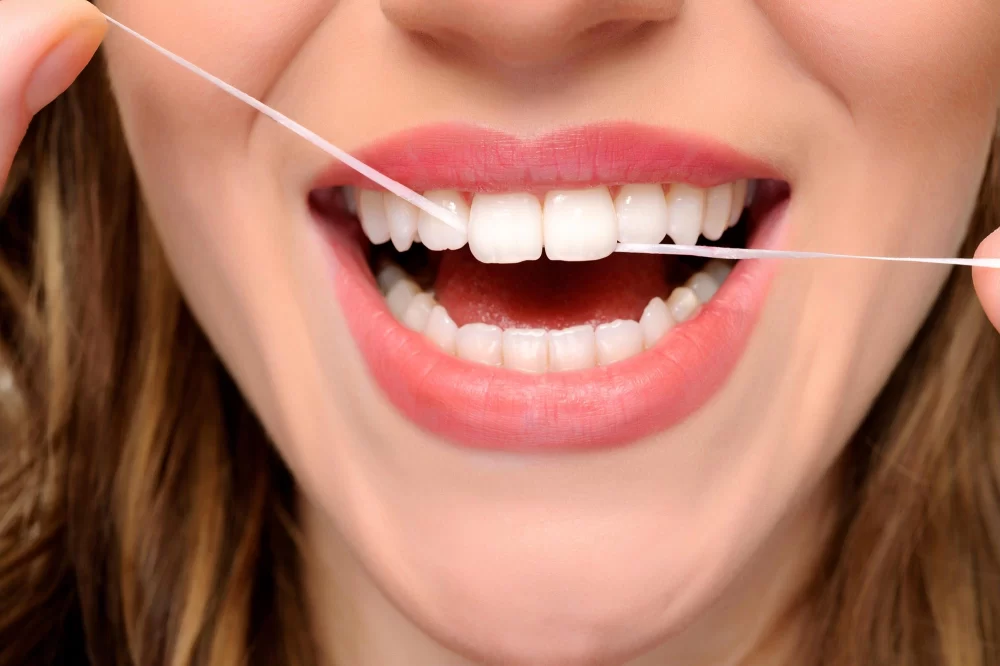
Understanding the Connection Between Tooth Disease and Joint Pain
- How Tooth Disease Affects Joint Health
- Inflammation and Arthritis from Tooth Infections
- Scientific Evidence Linking Tooth Disease to Joint Pain
- Real-Life Examples of Tooth Disease Causing Joint Pain
- Prevention and Treatment Options
1. How Tooth Disease Affects Joint Health
Tooth disease, such as gum disease or tooth infections, can sometimes lead to joint pain in a surprising way. While oral health is often seen as separate from overall body health, the truth is that the two are deeply connected. When a tooth becomes infected or when gum disease develops, it can cause systemic inflammation that impacts other parts of the body, including the joints. This inflammation, often caused by bacteria and toxins from dental issues, can trigger or worsen conditions like arthritis, leading to discomfort or pain in the joints.
Researchers have shown that the bacteria from tooth infections can enter the bloodstream and travel to various parts of the body, including the joints. Once in the joints, these bacteria can contribute to inflammation, which can lead to conditions such as rheumatoid arthritis or osteoarthritis. Inflammation is a natural response of the immune system, but chronic inflammation, often caused by untreated dental problems, can lead to long-term health issues.
2. Inflammation and Arthritis from Tooth Infections
One of the most concerning effects of untreated tooth disease is its potential to cause arthritis. Tooth infections or abscesses can release harmful bacteria into the bloodstream. This bacteria can travel to the joints, where it may trigger inflammatory responses. These responses can lead to joint pain, swelling, and stiffness, especially in those already predisposed to inflammatory conditions like rheumatoid arthritis.
Inflammatory arthritis, such as rheumatoid arthritis, is an autoimmune condition that causes the immune system to attack the joints, leading to pain and damage. Studies suggest that bacteria from infected teeth may exacerbate this process. The connection between oral health and arthritis is becoming clearer, with dental professionals and rheumatologists alike stressing the importance of addressing oral health issues to manage joint pain and inflammation effectively.
3. Scientific Evidence Linking Tooth Disease to Joint Pain
Recent studies have shed light on the connection between tooth disease and joint pain. A 2018 study published in the Journal of Clinical Periodontology found that patients with severe gum disease were more likely to experience increased inflammation and joint pain. Another study conducted by the American College of Rheumatology linked periodontal disease with higher levels of inflammation in rheumatoid arthritis patients.
These studies suggest that tooth infections, gum disease, and poor oral hygiene may not only affect your smile but could also play a role in exacerbating existing joint conditions. It's believed that the chronic inflammation caused by oral bacteria can increase the risk of developing or worsening arthritis. Moreover, the bacteria that enter the bloodstream through the gums can directly contribute to the inflammation in the joints, worsening symptoms.
4. Real-Life Examples of Tooth Disease Causing Joint Pain
Many patients have reported experiencing joint pain linked to untreated dental issues. Take, for example, Sarah, a 45-year-old woman who had been suffering from chronic knee pain for several months. Despite undergoing physical therapy, the pain continued. When she consulted with her dentist for a routine check-up, her dentist discovered an abscess in one of her molars. After treating the abscess, Sarah noticed a significant reduction in her knee pain. This case is not unique—there are many anecdotal reports of patients experiencing relief from joint pain after treating oral infections.
Similarly, John, a 60-year-old man with rheumatoid arthritis, found that his joint pain worsened whenever he neglected his oral hygiene. After a dental cleaning and treatment for gum disease, his arthritis symptoms improved significantly. These real-life stories illustrate how important it is to consider oral health when managing joint pain or inflammatory conditions.
5. Prevention and Treatment Options
Preventing tooth disease is one of the best ways to reduce the risk of joint pain. Regular visits to the dentist for cleanings and check-ups can help catch dental problems before they become serious. Practicing good oral hygiene, such as brushing and flossing daily, can prevent gum disease and tooth infections from developing in the first place.
If you already suffer from joint pain or inflammation, it’s essential to address any dental issues as soon as possible. Treating gum disease, tooth infections, and other dental conditions can help reduce overall inflammation and may even alleviate some joint symptoms. If you experience persistent joint pain alongside dental issues, consider speaking to both a dentist and a rheumatologist to explore how your oral health could be affecting your joints.
In addition to treating dental issues, managing inflammation through diet, exercise, and medication can help support joint health. Omega-3 fatty acids, found in fish like salmon, are known for their anti-inflammatory properties and may help both oral health and joint pain. Regular physical activity can also help keep the joints flexible and reduce the risk of further inflammation.
Don't let dental disease lead to unnecessary joint pain. By prioritizing your oral health and addressing any dental issues, you can potentially reduce inflammation and improve your overall joint health.







 Yonkers Family Dentist : Sachar Bhupinder DDS4.0 (47 review)
Yonkers Family Dentist : Sachar Bhupinder DDS4.0 (47 review) Smile Academy Pediatric Dentistry4.0 (48 review)
Smile Academy Pediatric Dentistry4.0 (48 review) Steve Kim DDS Dental Group4.0 (213 review)
Steve Kim DDS Dental Group4.0 (213 review) Clarity Dental Center for Implant and Family Dentistry4.0 (303 review)
Clarity Dental Center for Implant and Family Dentistry4.0 (303 review) Rosedale Dental: CJ Jang, DDS4.0 (35 review)
Rosedale Dental: CJ Jang, DDS4.0 (35 review) Woodlake Orthodontics - Anoka4.0 (62 review)
Woodlake Orthodontics - Anoka4.0 (62 review) The Importance of Oral Health Education During Pregnancy for a Healthy Pregnancy
The Importance of Oral Health Education During Pregnancy for a Healthy Pregnancy Best Tips for Brushing Your Teeth Properly for Healthy Gums: Essential Techniques for Oral Health
Best Tips for Brushing Your Teeth Properly for Healthy Gums: Essential Techniques for Oral Health Why Skipping Dental Checkups Can Lead to Bigger Oral Health Problems
Why Skipping Dental Checkups Can Lead to Bigger Oral Health Problems Advantages of Porcelain Dental Restorations
Advantages of Porcelain Dental Restorations How Can Diabetes Cause Tooth and Gum Problems? Preventing and Managing Oral Health Issues
How Can Diabetes Cause Tooth and Gum Problems? Preventing and Managing Oral Health Issues Healthy Habits for Promoting Good Oral Health and Hygiene: Tips for a Healthy Smile
Healthy Habits for Promoting Good Oral Health and Hygiene: Tips for a Healthy Smile